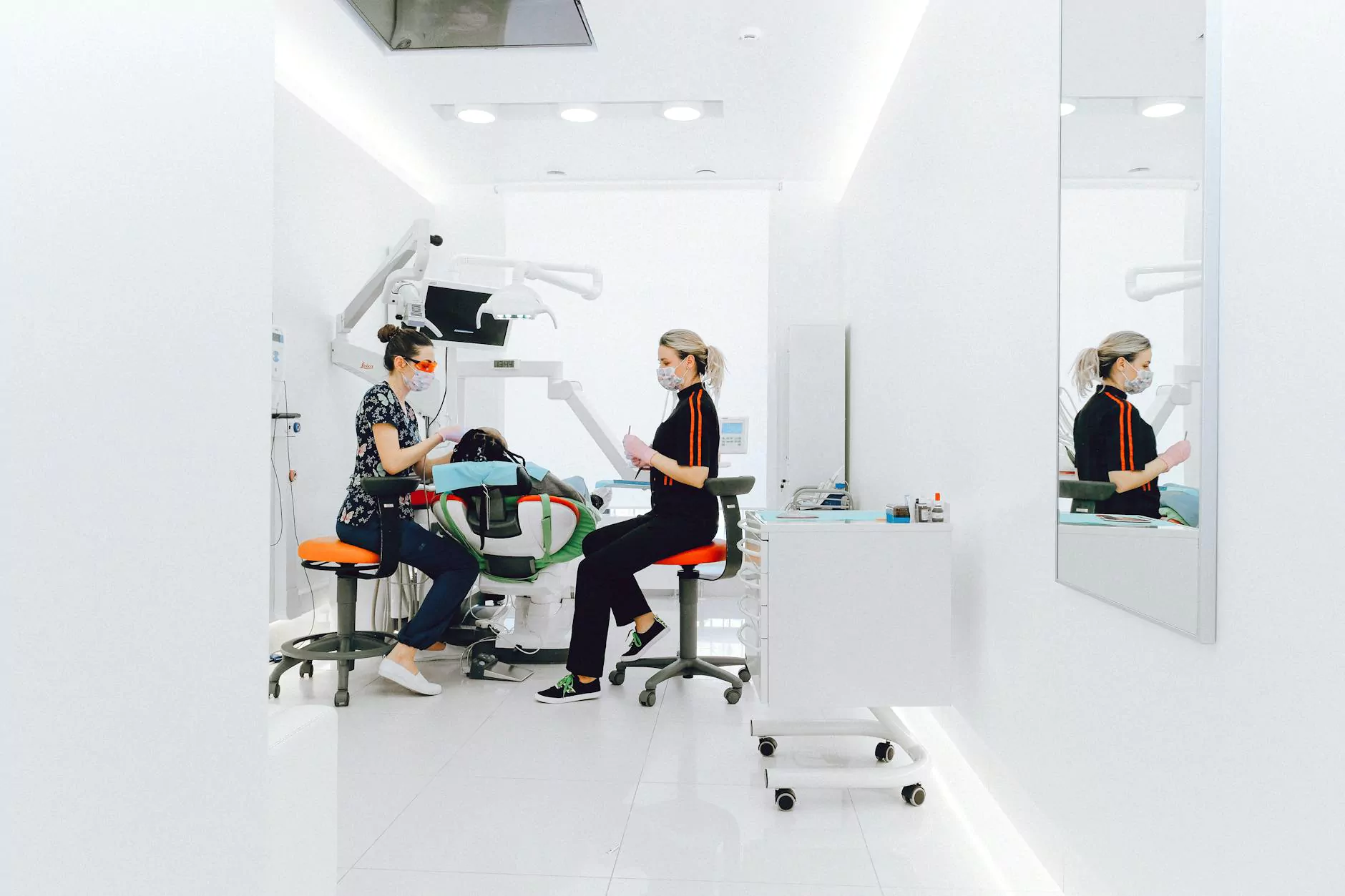Understanding Piezo Surgery: Revolutionizing Dental Procedures

Piezo surgery, a cutting-edge technique in the field of dentistry, is gaining recognition for its innovative approach to performing surgical procedures. This technology uses ultrasonic vibrations to precisely cut bone and soft tissue, making it a game-changer in oral and maxillofacial surgery. This article delves into the principles, benefits, and applications of piezo surgery, ensuring you grasp why it's becoming essential in modern dental practices.
What is Piezo Surgery?
Piezo surgery employs ultra-high-frequency ultrasonic vibrations, typically between 25 kHz and 36 kHz, to create precise incisions in bone. Unlike traditional surgical methods that rely on rotary instruments, which can damage surrounding tissues, piezo surgery allows for unparalleled accuracy and minimizes trauma to the local structure, thereby enhancing the healing process.
The Science Behind Piezo Surgery
The heart of piezo surgery lies in its ultrasonic technology. The surgical instrument generates vibrations that are transmitted through a specialized tip, which when applied to bone or soft tissue, oscillates to create a controlled cutting action. This approach not only promotes precision but also reduces the risk of complications commonly associated with traditional surgical techniques.
Benefits of Piezo Surgery
The benefits of piezo surgery are manifold, making it an appealing choice for both dental professionals and patients alike:
- Enhanced Precision: One of the standout features of piezo surgery is its ability to offer a higher level of precision compared to traditional methods. This accuracy is crucial for delicate procedures such as sinus lifts and bone grafting.
- Minimally Invasive: With reduced trauma to soft tissues, patients experience less bleeding and swelling, which translates into a more comfortable recovery process.
- Reduced Postoperative Pain: Patients undergoing piezo surgery typically report lower pain levels post-surgery, thanks to less force exerted during the procedure and minimal tissue damage.
- Faster Healing Time: The gentle cutting action accelerates the healing process, allowing patients to return to their daily activities quicker than with traditional techniques.
- Versatile Applications: From implant placements to complex maxillofacial surgeries, piezo surgery is versatile, making it suitable for various dental procedures.
Clinical Applications of Piezo Surgery
The use of piezo surgery has expanded into various clinical applications, enhancing the capabilities of modern dental practices:
1. Dental Implants
In the realm of dental implants, precision is paramount. Piezo surgery allows for meticulous preparation of the osteotomy site, ensuring that the surrounding bone is preserved. This preservation is critical for the long-term success of the implant.
2. Bone Grafting Procedures
Bone grafting is often necessary before implant placement, especially in cases with insufficient bone density or volume. The precision of piezo surgery minimizes trauma during the grafting process, leading to better integration of the graft material.
3. Sinus Lift Surgeries
For sinus lifts, which are critical when placing upper jaw implants, piezo surgery has emerged as the method of choice. The technique allows surgeons to carefully elevate the sinus membrane without damaging it, thereby reducing the risk of complications associated with traditional methods.
4. Cyst Enucleation and Tumor Resection
In oral and maxillofacial surgery, piezo surgery is increasingly employed for cyst enucleation and resection of tumors. Its ability to navigate dense tissue without excessive damage makes it particularly useful in these scenarios.
Piezo Surgery Vs. Traditional Surgical Techniques
While traditional surgical methods have proven effective over the years, piezo surgery offers several advantages that make it preferable in many circumstances:
- Reduced Thermal Damage: Traditional rotary instruments often generate heat, potentially leading to thermal necrosis of surrounding tissues. Piezo surgery, however, produces significantly less heat, safeguarding adjacent areas.
- Improved Visual Access: The minimal tissue disturbance associated with piezo surgery provides surgeons with better visibility during procedures, enhancing overall outcomes.
- Less Complications: The minimally invasive nature of piezo surgery correlates with fewer complications post-operatively, creating a smoother patient experience.
Safety and Efficacy of Piezo Surgery
The safety profile of piezo surgery is well-documented, with numerous studies highlighting its efficacy in various applications. By facilitating precise cuts that protect vital structures, piezo surgery minimizes the risk of intraoperative complications.
Risk Management
Like any surgical procedure, it is essential for practitioners to properly assess each patient’s unique situation, including anatomical considerations, to ensure the appropriate application of piezo surgery. Adherence to best practices and continual training in the latest techniques are vital for optimizing patient safety and surgical outcomes.









